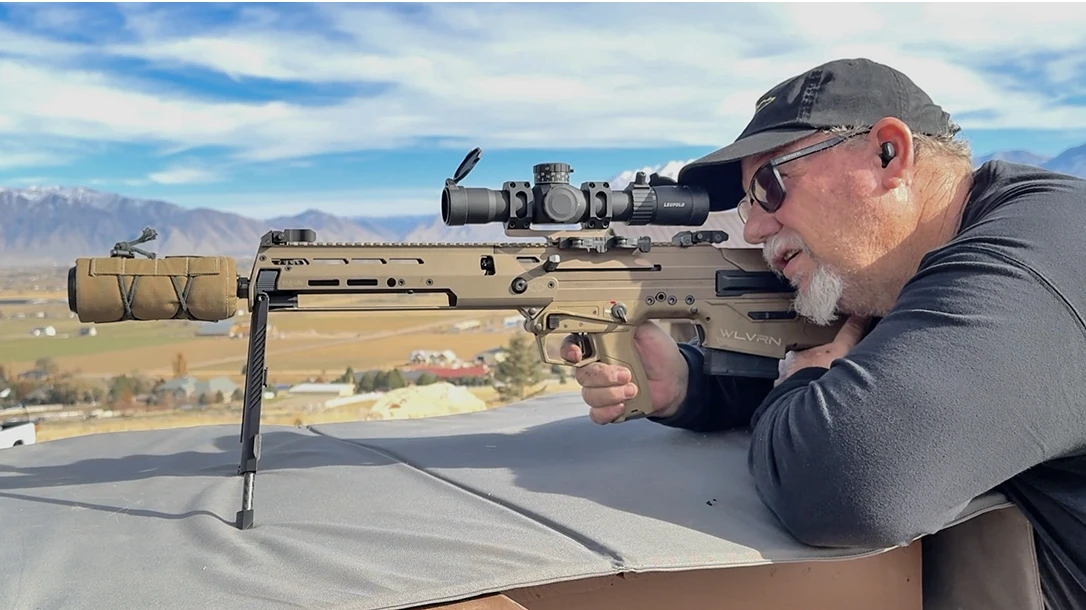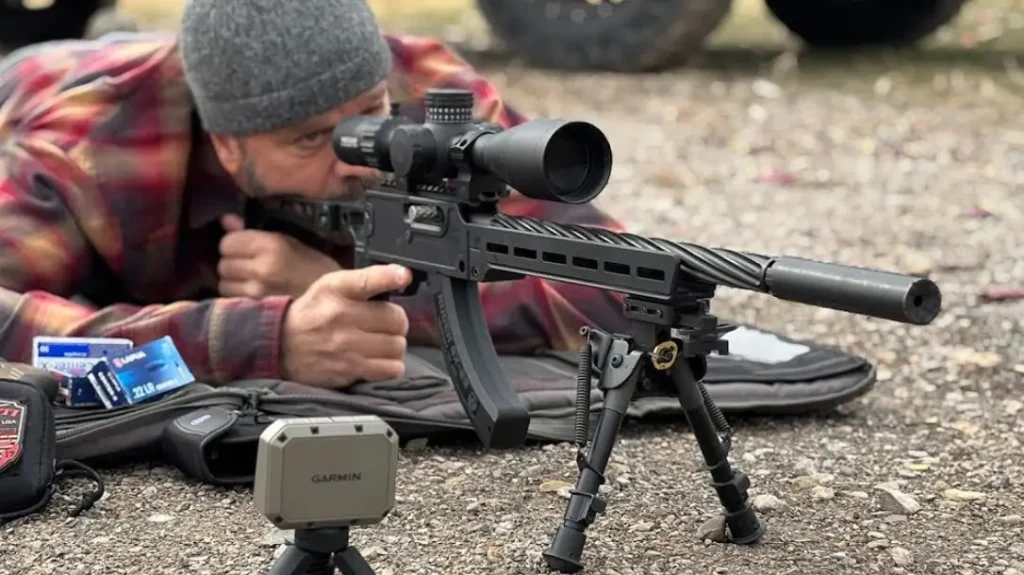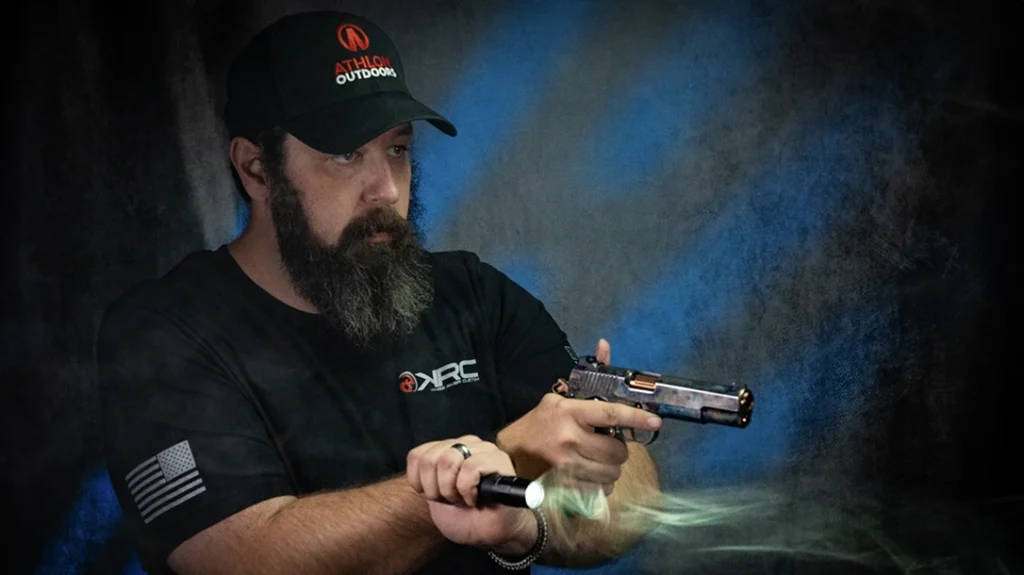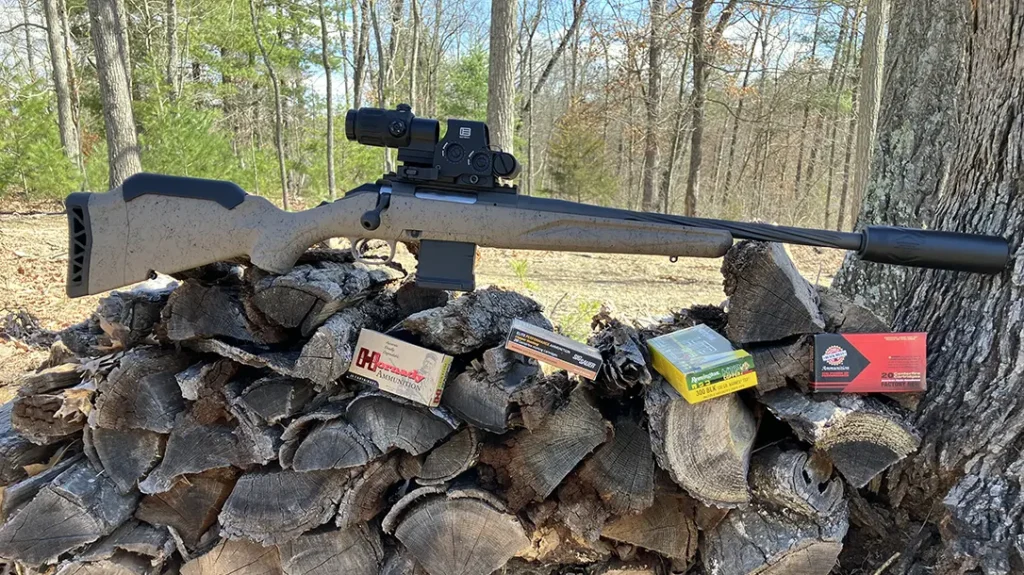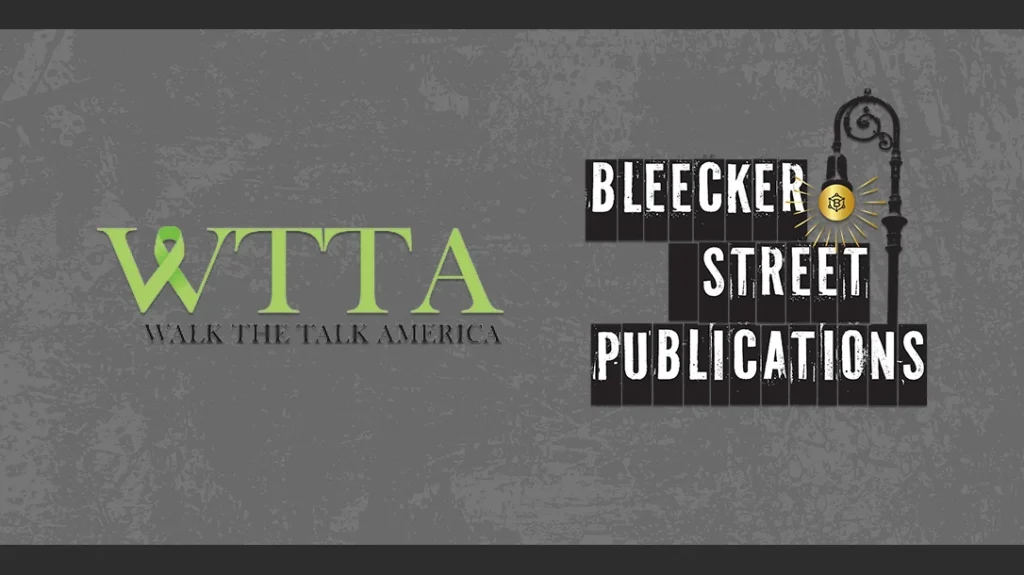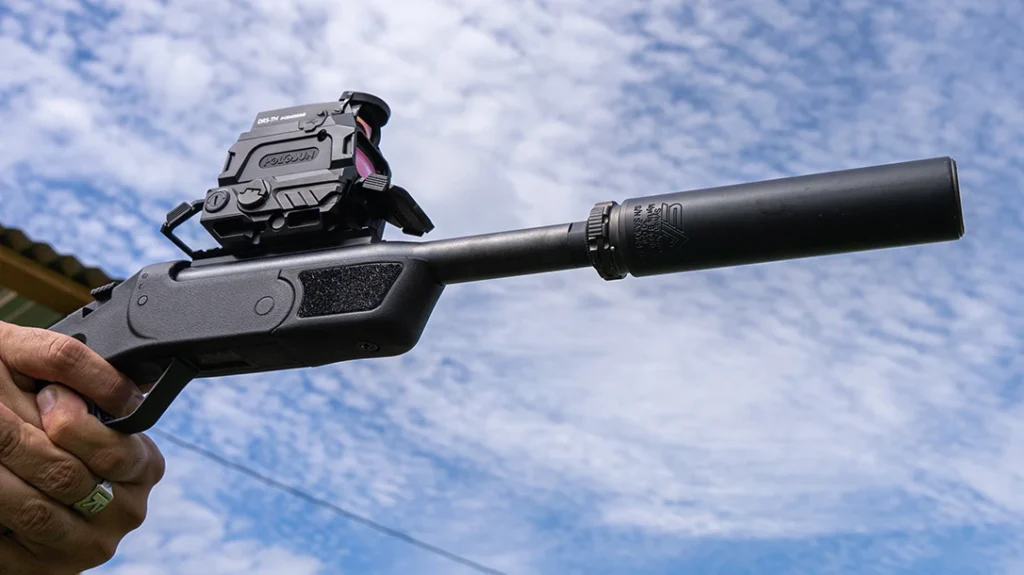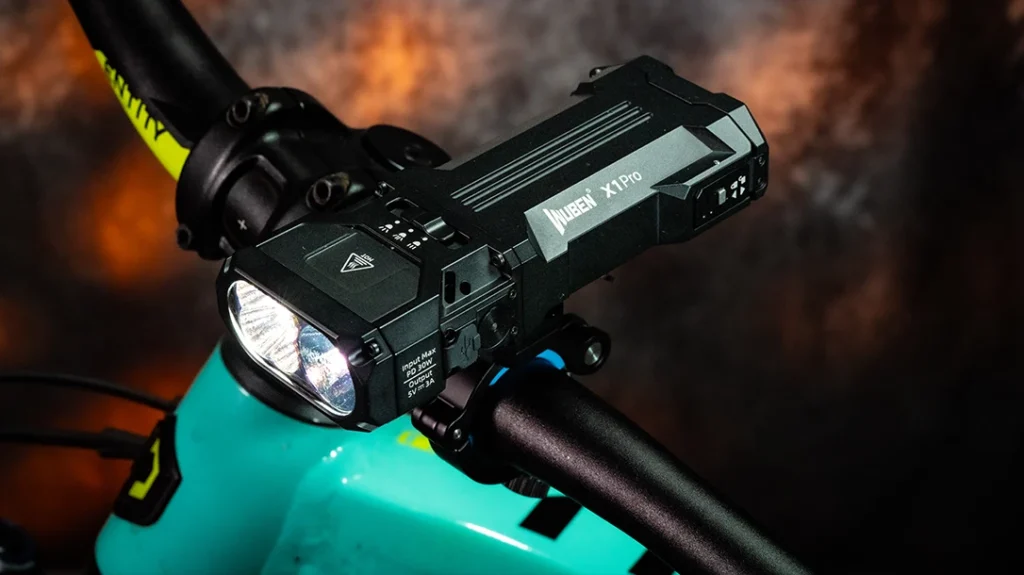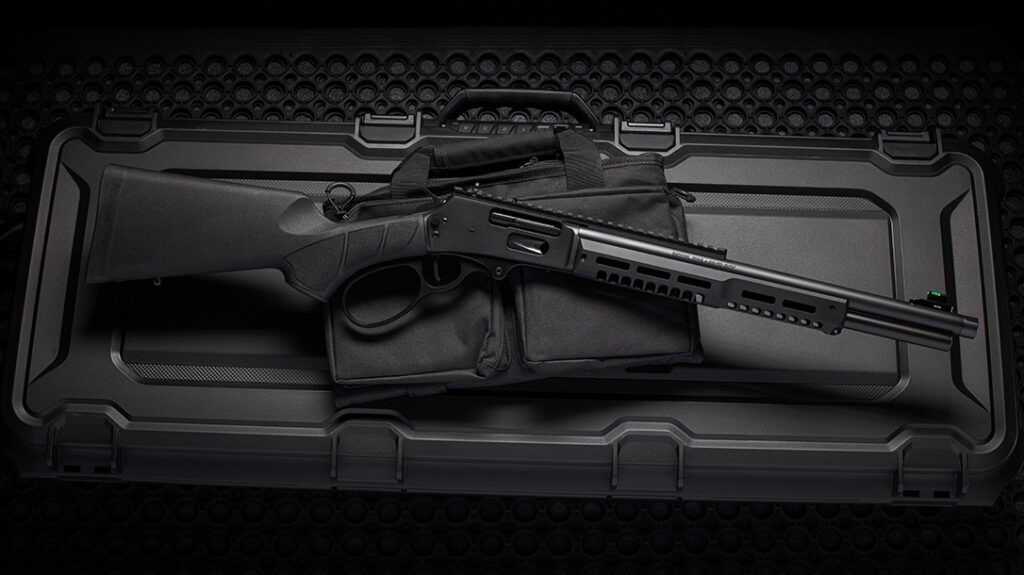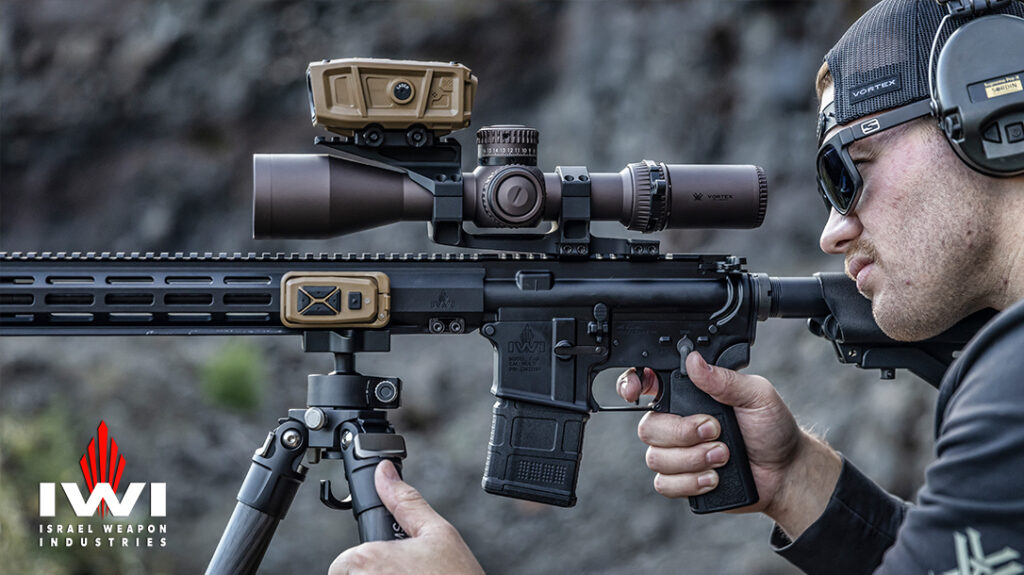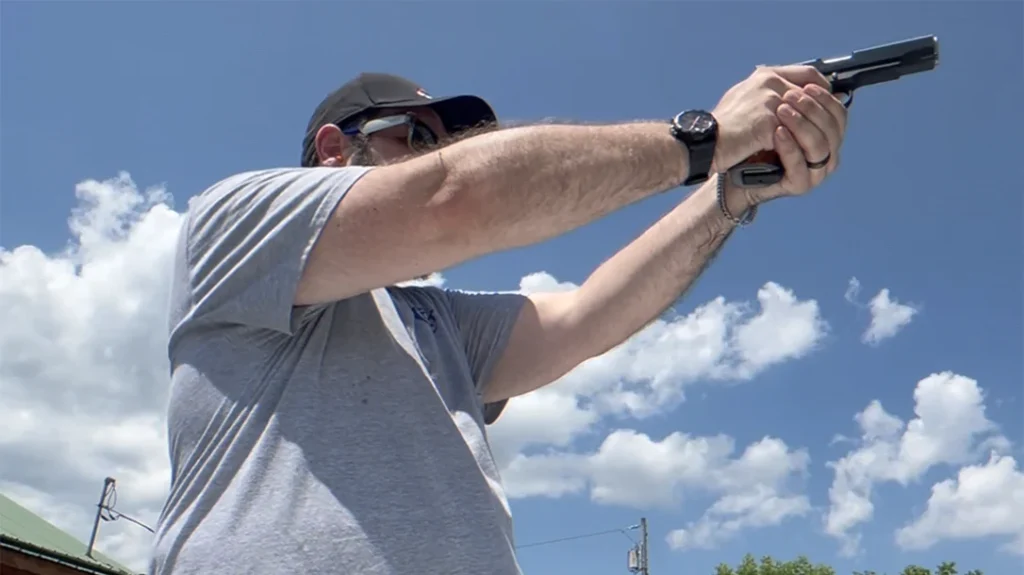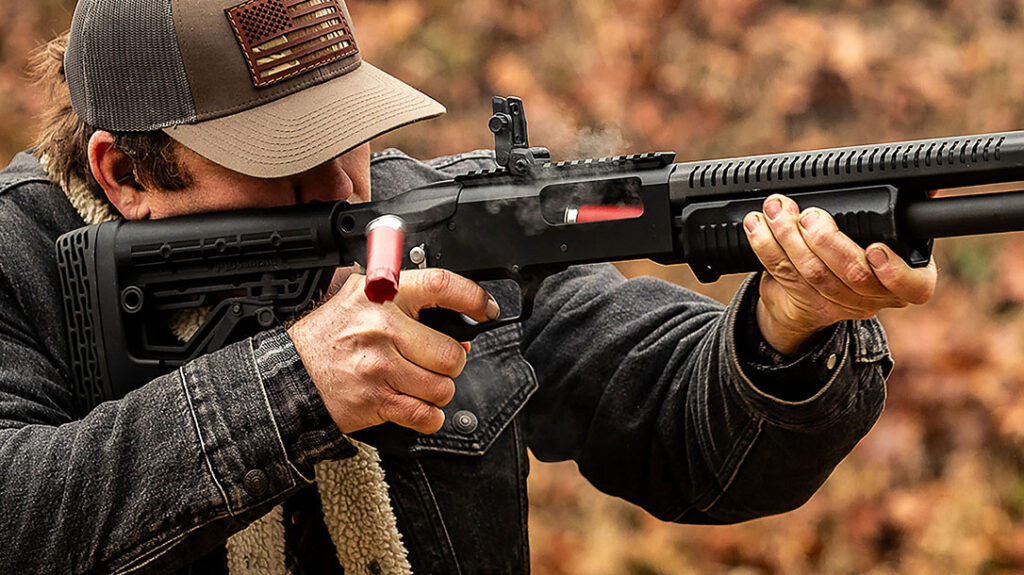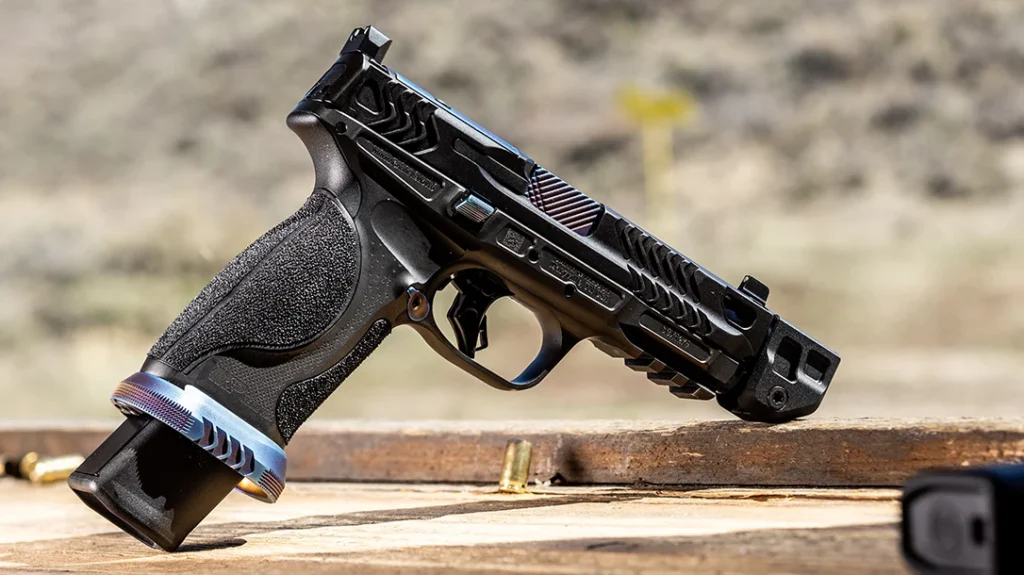Military clients and enthusiasts have pined for a single carbine accommodating both 5.56mm and 7.62mm based cartridges for years Several bolt-action rifles have proven capable, but gas-operated carbines have been problematic. Most didn’t work or never get past the prototype stage. A few work in one caliber with the “capability” to change, but barrels are non-existent. To date, the only viable ones might be from Desert Tech, with the MDR, and its latest evolution: the WLVRN.
Enter The Desert Tech WLVRN
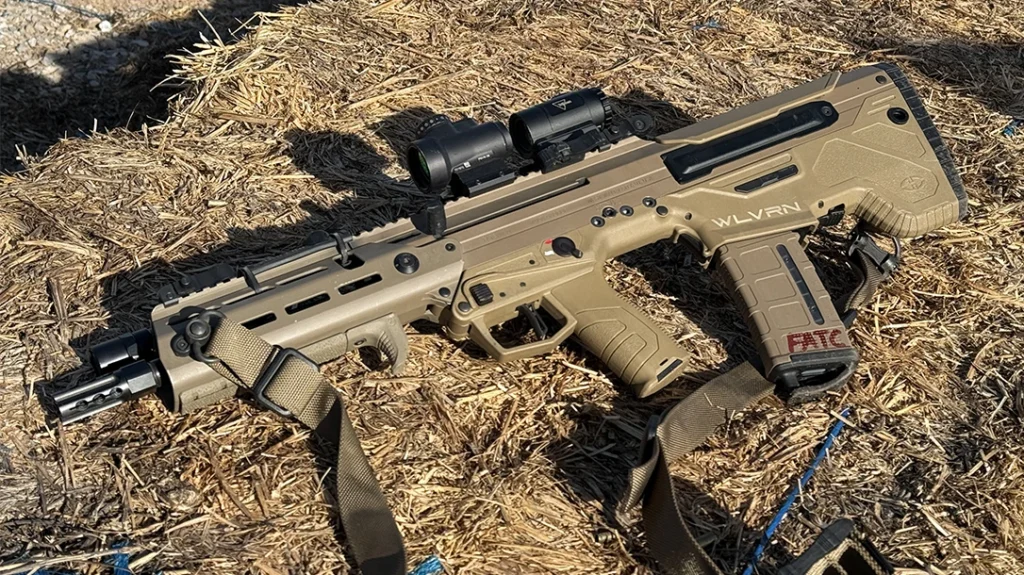
In a nutshell, the Desert Tech WLVRN was designed to address all of the MDRX’s shortcomings. Both of these bull-pups look about the same, unless you look closely.
Advertisement — Continue Reading Below
The Desert Tech WLVRN and MDRX share two or three interchangeable parts. The remainder are all proprietary. The WLVRN does away with that forward-ejecting complexity and also reduces weight. Desert Tech also bolstered the WLVRN’s barrel contact area with three clamping bolts. In turn it improves accuracy over the MDRX while also preventing the new rifle shooting itself loose.
WLVRN bolt-carrier groups are designed for side-ejection from either side. They’re also lighter, stronger and more efficient. The WLVRN’s short-stroke action also reduces felt-recoil, reduces muzzle rise, shoots cooler and more smoothly.
These bull-pups are equipped with crisp single-stage triggers. WLVRN triggers have no appreciable take-up or overtravel. The trigger isn’t as fast as a tuned AR-15 competition-grade trigger, but it’s more than adequate to do real work. The MDRX’s gas-block Picatinny rail has been removed as well. The WLVRN’s upper receiver has been extended and can accommodate existing aftermarket hand guards.
Advertisement — Continue Reading Below
The new WLVRN design also weighs one pound less than my MDRX. It balances nicely among its center. In short, the newer Desert Tech WLVRN was designed to be lighter, more accurate and completely reliable.
Gunsite’s Advanced Carbine Course
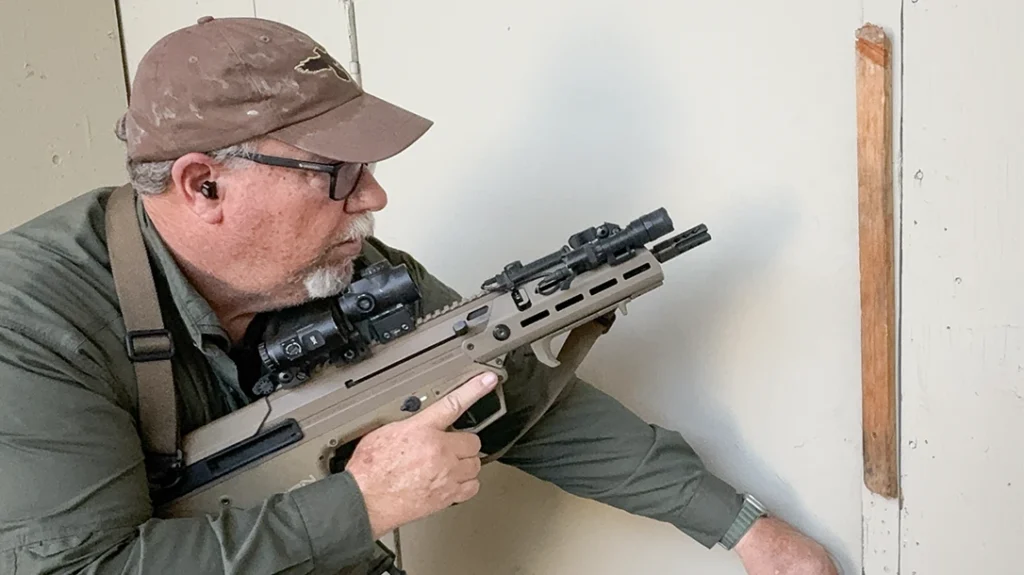
I signed up for the 556 Advanced Carbine class at Gunsite Academy to put my WLVRN through its paces. This course is geared towards defense or duty environments, and most shots in this course are fired within 50 yards or closer. In addition to high round-counts, this unforgiving course incorporates CQB/Shoot-House work too. It spans over daytime and nighttime sessions. The training takes place both indoors and outdoors. Advanced Carbine even encompasses force-on-force training modules. Due to the course’s intensity, it’s not uncommon for “high speed, low drag” rifles to fail on the first day. It’s precisely why I think Advanced Carbine makes for an excellent crucible to put any serious semi-auto carbine to the test. While I attended, environmental conditions were harsh. I experienced temperatures that ranged from 90-100 degrees Fahrenheit while also managing dusty and windy desert conditions.
Advertisement — Continue Reading Below
I fired 500 rounds prior to attending Advanced Carbine. I did so to determine my carbine configuration preferences and dial them in. Once I found my fit, I no longer adjusted the WLVRN.
Round After Round After Round…
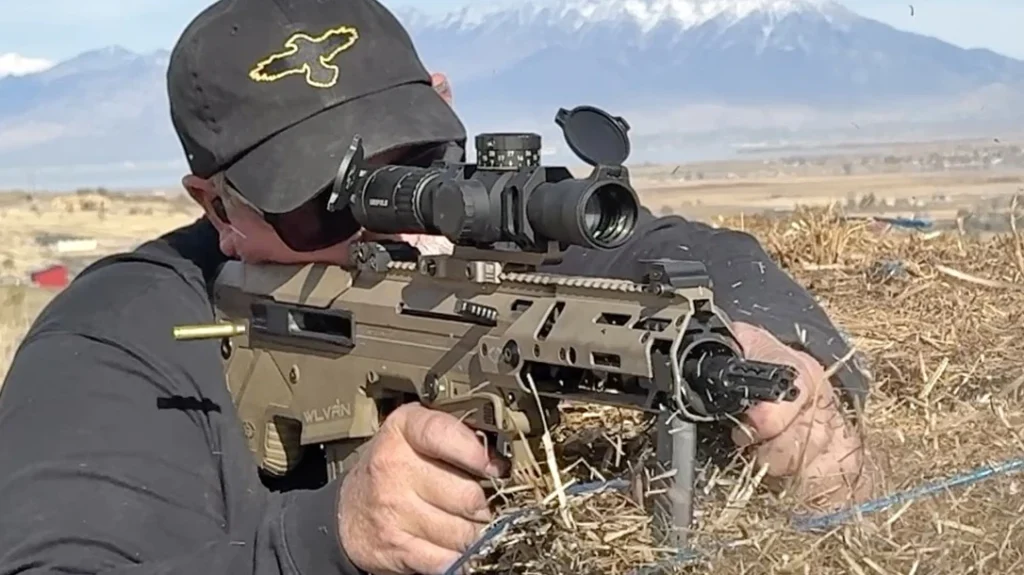
After the course, my total round count was approximately 1700 rounds. This included different bullet weights and three different frangible cartridges. Over a three week period, I tallied close to 2300 rounds. This included my initial dialing-in, the carbine course and every other shooting session.
Advertisement — Continue Reading Below
I experienced no stoppages with the WLVRN, quite to the surprise of many. Frankly, I’m not sure my MDRX would’ve fared as well. Typically, “new and different” carbines tend to suffer in Gunsite’s class, but the Wolverine just kept going. (Even with no maintenance, which I do not recommend).
Accuracy at 50 yards with 5.56mm and my Trijicon MRO was excellent. I printed small clusters. At 100 yards, I managed to shoot 1-1.5 inches at 100 yards with 77 grain TMK loads from Black Hills. This cartridge was by far the most accurate. I settled on Doubletap Ammunition’s 62 grain Colt Defense as a defense option. It is loaded with a solid copper hollow-point projectile and feels soft-shooting. It’s also accurate out to 300 meters with proven expansion.
WLVRN Observations
The WLVRN balances well and the short handguard I added made the repetitive “up-down” movements from ready positions less fatiguing. At Gunsite, the Surefire tactical light I installed proved invaluable, especially in the shoot-house (day and night). Its switch remained in place throughout. During class it never moved and never got in the way.
Advertisement — Continue Reading Below
I could easily notice a weight difference between the WLVRN and the MDRX–obviously in favor of the WLVRN. Reloads with the WLVRN come quickly, and maneuvering through the shoothouse is a true joy–the same goes for positional shooting. Even shooting the WLVRN left-handed was no issue. Though I certainly noticed brass whizzing by my nose, it never hit me nor caused any issue. In the end, the WLVRN’s performance was impressive enough, and I was reluctant to change barrels for the remainder of the test.
Desert Tech WLVRN As A DMR?

I took advantage of the WLVRN’s caliber-swap feature and changed out the 16-inch 5.56 barrel for a 20-inch 6.5 Creedmoor barrel. Switching calibers was so easy, I did it over my truck’s tailgate at the range. The only tools I needed were a 5mm hex wrench and a Torx for the handguard. All you need to do to switch calibers is to change the barrel, bolt and magazine catch. To finish the swap, you simply remove the 5.56mm adapter. For my DMR evaluation, I exchanged my Trijicon MRO for a Leupold Mark 5HD 2-10x that’s sandwiched in an American Defense Cantilever mount. Finally, I added X2 Dev Groups Orion suppressor.
Advertisement — Continue Reading Below
With the 20-inch 6.5 Creedmoor barrel, my accuracy at 100 yards averaged around 1.25 to 1.5 inches. The WLVRN favored Hornady’s 140 grain ELD-M overall, but my 130 grain ELD-M handload was probably the most impressive with the tightest clusters. Unfortunately this load kept printing flyers.
Federal Gold Medal 130 grain also performed well. Winchester White Box cartridges also cycled adequate which isn’t something that some of my AR10’s can do. The WLVRN’s recoil with 6.5 Creedmoor feels as you’d expect. Once again, the WLVRN’s trigger is workable for a DM rifle. I easily shot consistent hits out to 500 meters on silhouette targets.
Interestingly, the WLVRN with the 6.5 Creedmoor barrel assembly is still quite light. It’s nearly the same weight as the 5.56, and just as compact. It worked perfectly with all of my 6.5 Creedmoor ammo on the setting between normal and suppressed. Once I dialed in the gas system, there were no stoppages.
Advertisement — Continue Reading Below
The Bottom Line
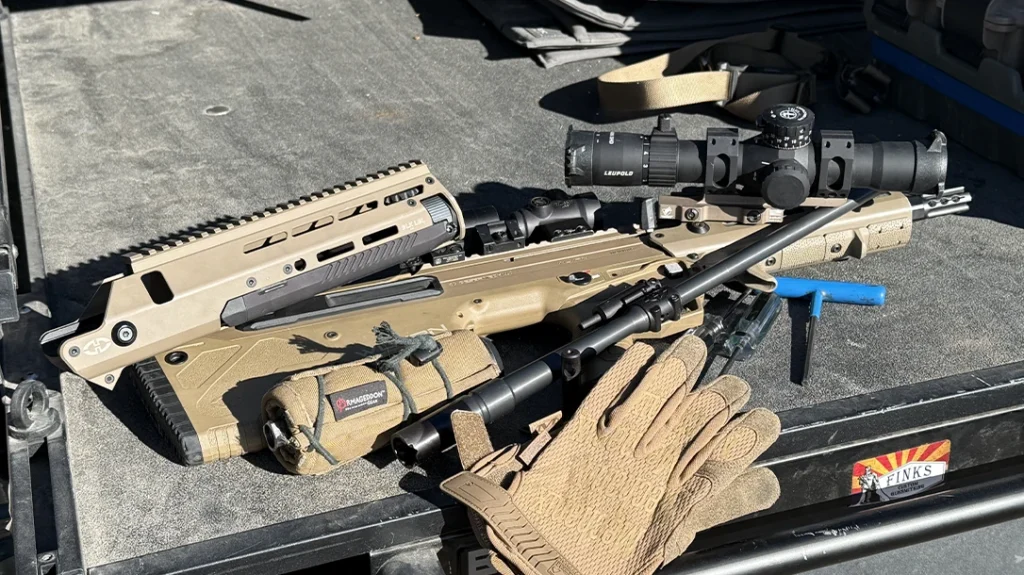
If you are a fan of the Desert Tech MDRX, you’ll love the new WLVRN–especially if you’re not married to the MDRX’s forward eject feature. The WLVRN provides weight savings, good balance, a better trigger and complete reliability. Its accuracy is considerably better than its predecessor’s while its improved barrel doesn’t shoot itself loose. Most importantly the WLVRN will cycle a wide variety of ammunition.
Even though shooting the WLVRN with 6.5 Creedmoor is fun, it’s a true joy to shoot with 5.56mm. The WLVRN fits in tight spots, is easy to operate (mostly AR compatible), is light weight, has low recoil and is completely reliable.
Advertisement — Continue Reading Below
Bull-pup or not, the Desert Tech WLVRN currently remains the only truly intermediate-to-full-size cartridge convertible gas-operated semi-automatic carbine with available barrels. For new bull-pup shooters, the WLVRN is also a great choice, especially in 5.56mm. Other than the manner in which the bolt operates, the WLVRN’s controls are very similar to an AR-15. Compared to its predecessor, the Desert Tech MDRX, the WLVRN suffers none of the former’s eccentricities.
Desert Tech WLVRN Specifications:
Action: Short Stroke Piston
Caliber 556 / 7.62 / 6.5CM / 300 BLK
Barrel Length 16-20 Inches / Varies by caliber
Weight: 7 .4 pounds / Varies by barrel length
Capacity Accepts standard AR Magazines (AR15 and AR10 / SR25
MSRP $2599.00
